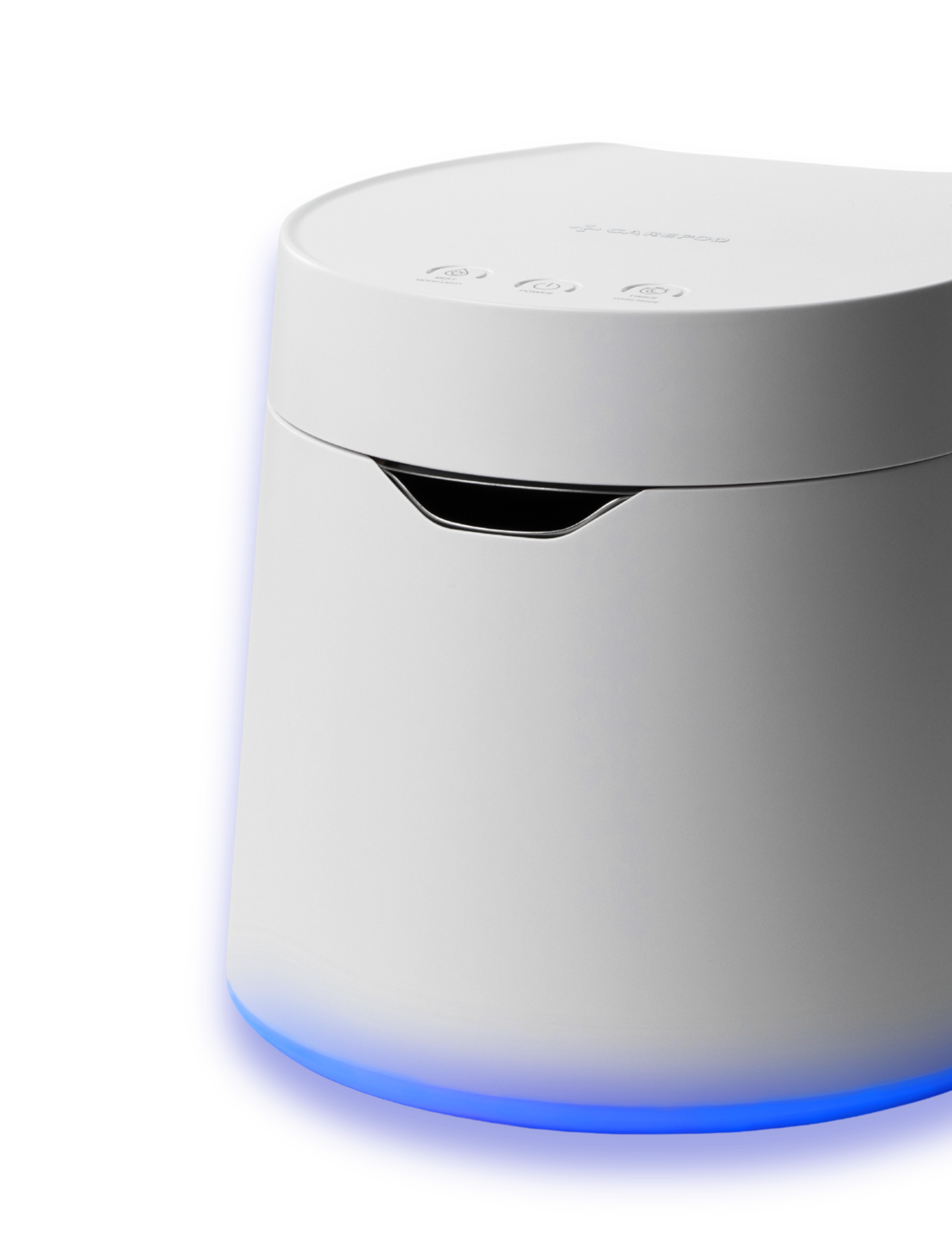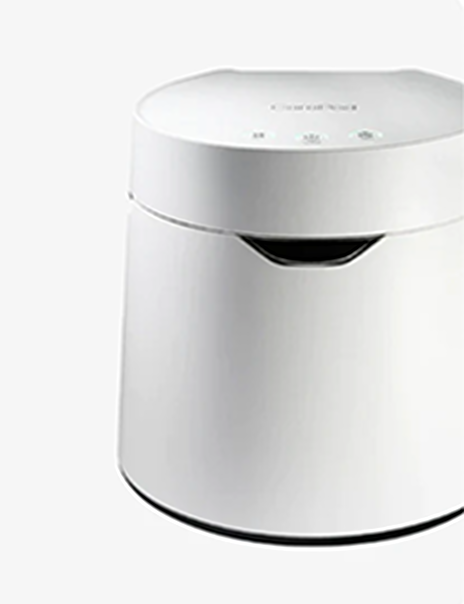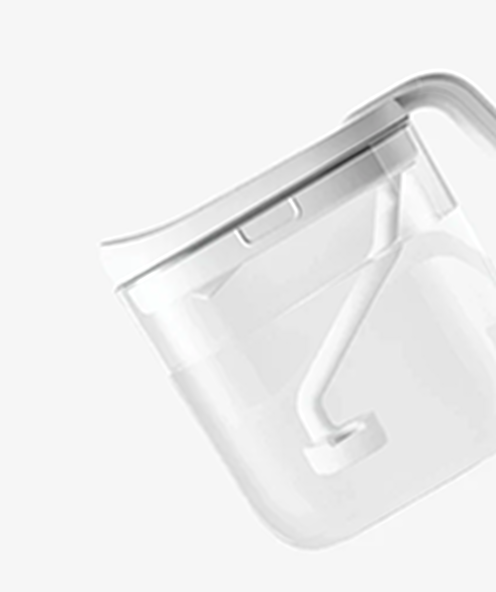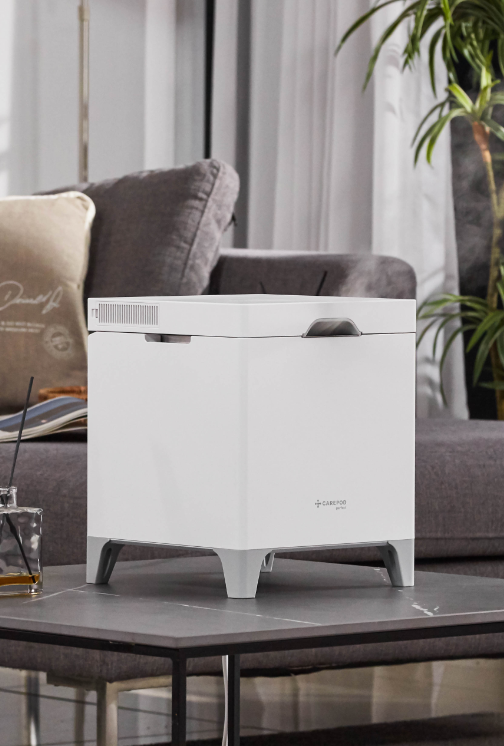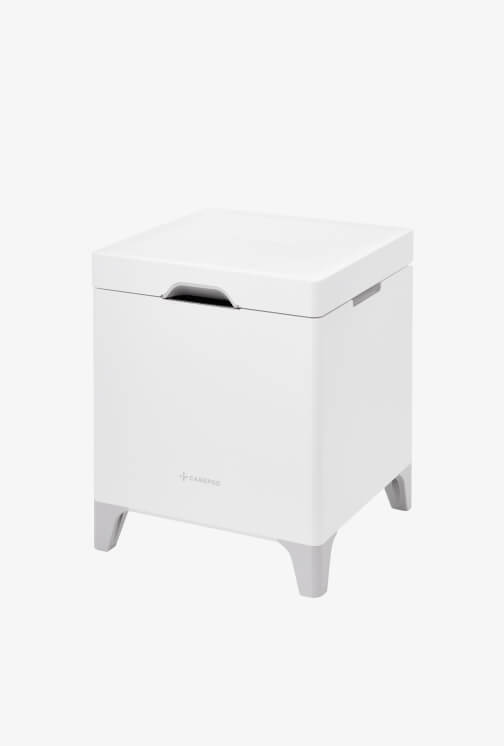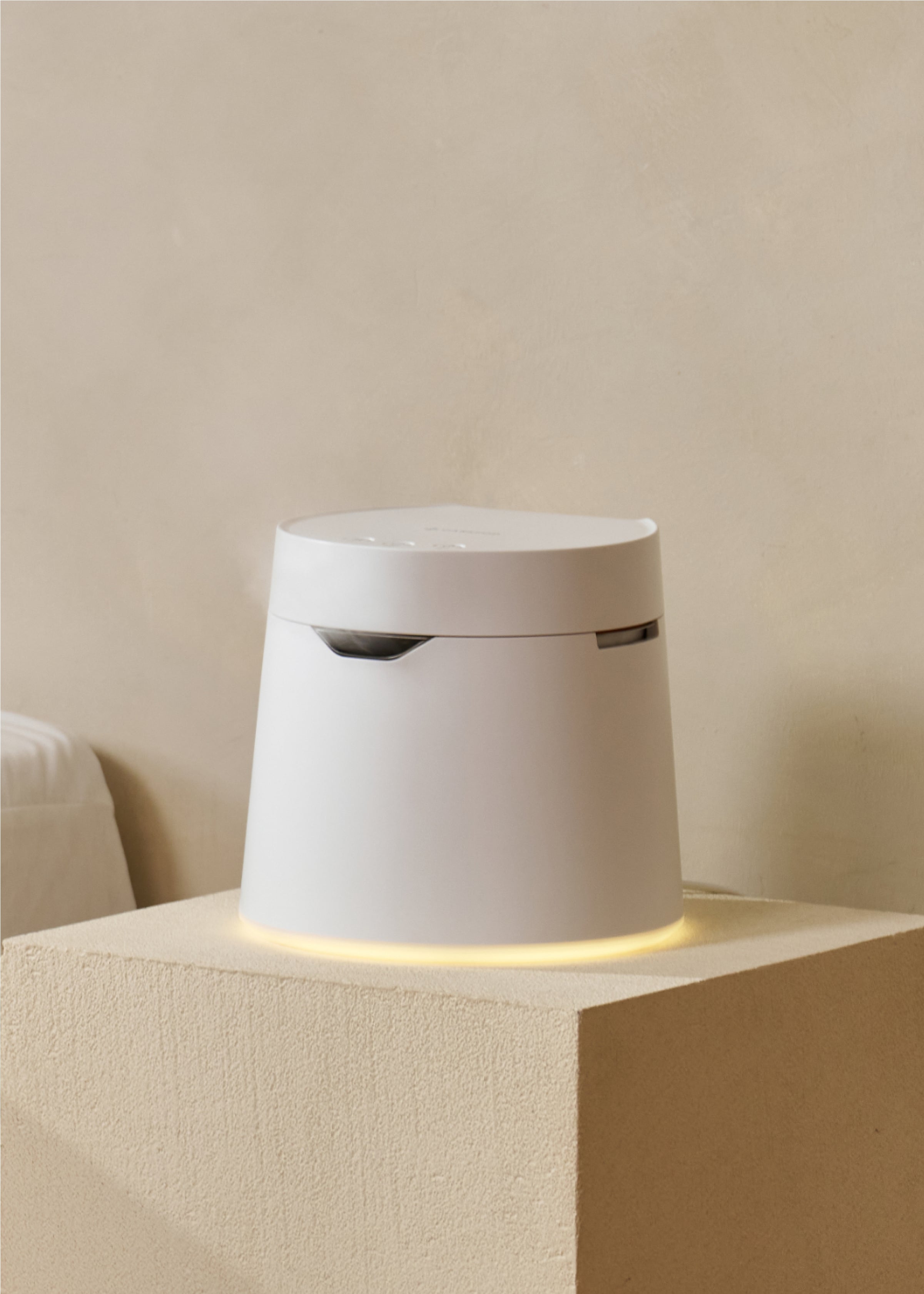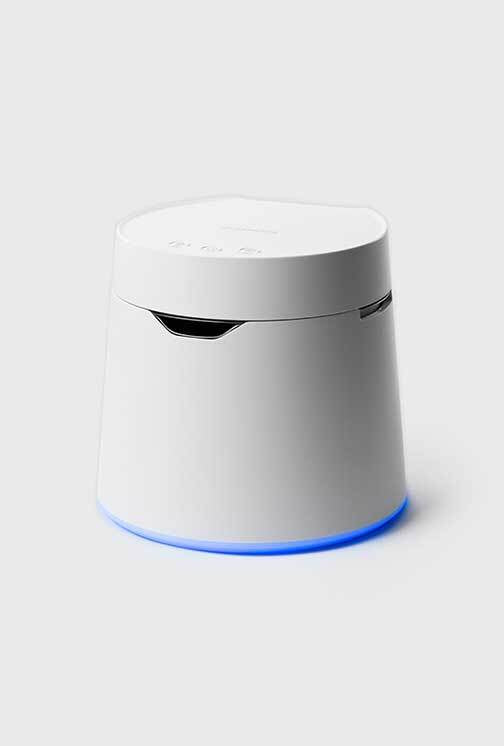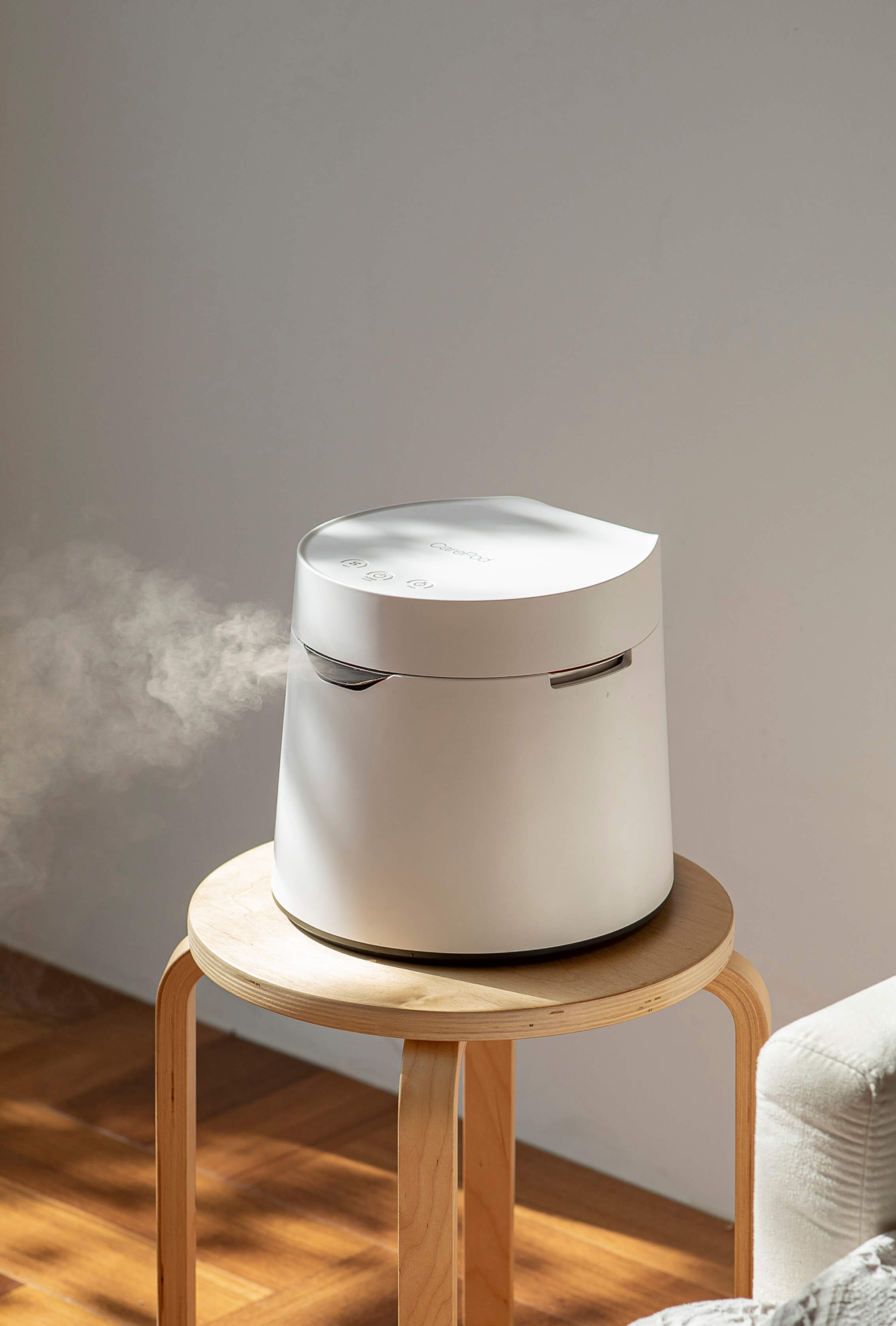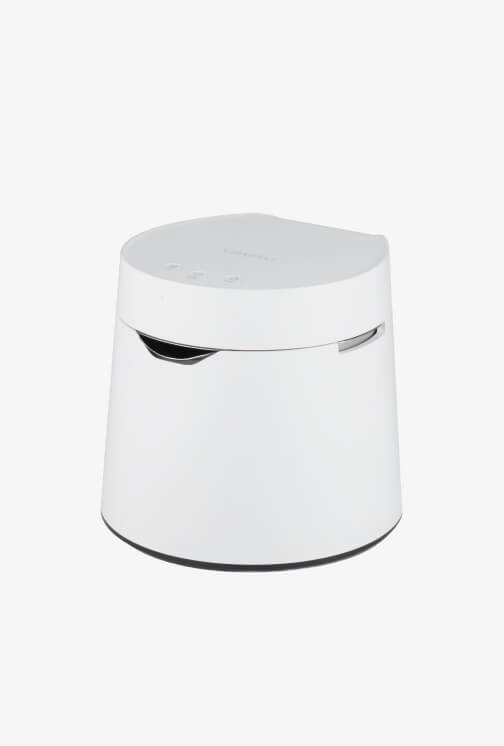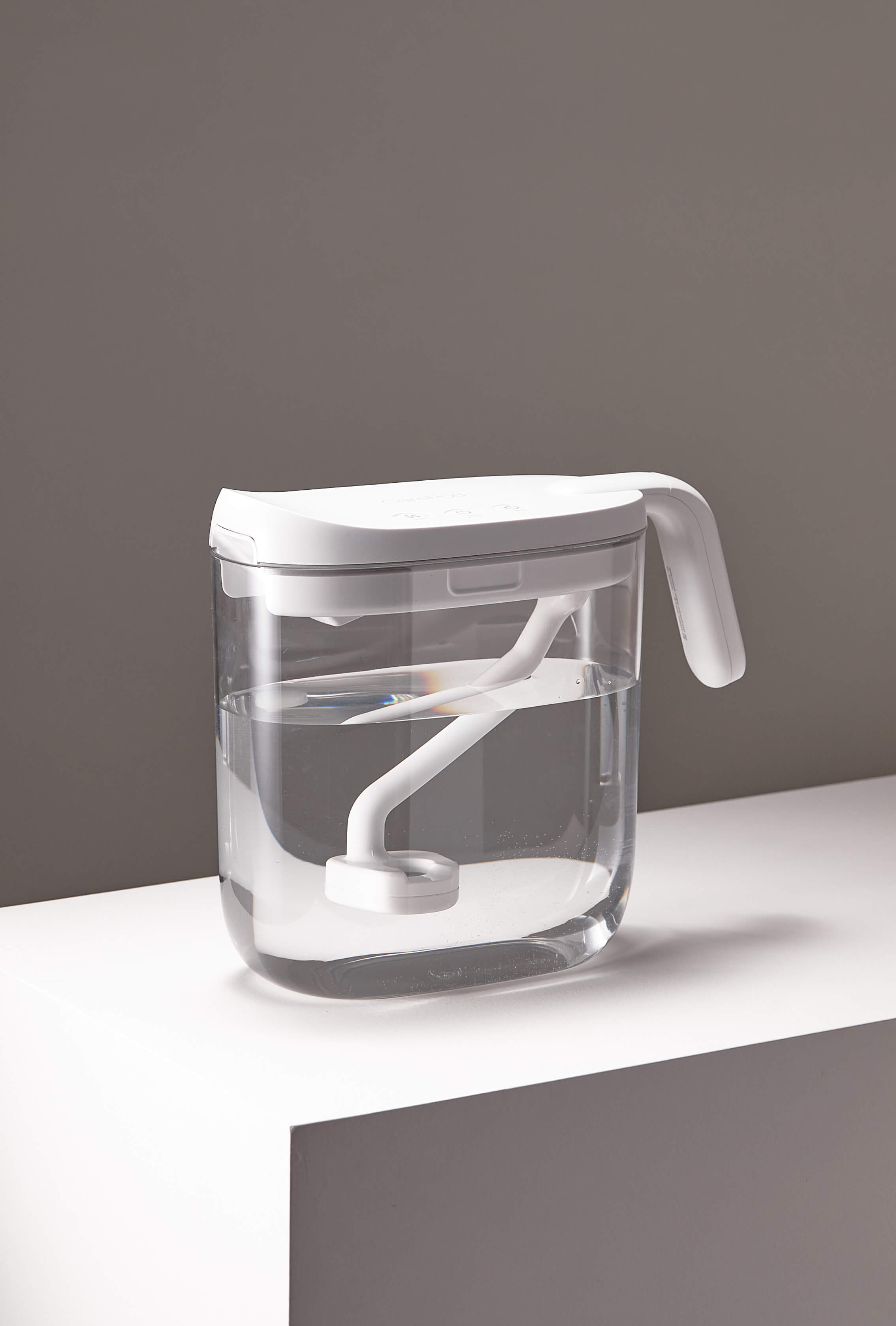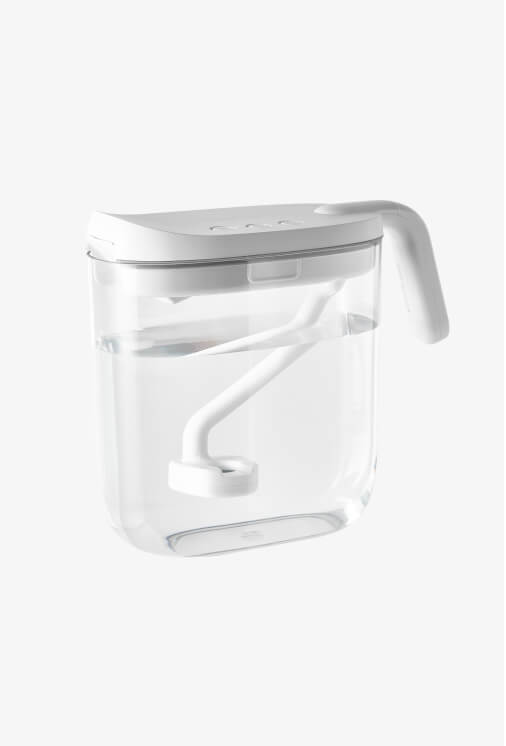How to Survive Spring Allergies

Spring is a season of renewal—longer days, blooming flowers, and, unfortunately, a wave of new allergens.
If you find yourself battling a runny nose, itchy eyes, and relentless sneezing every spring, you're not alone. Seasonal allergies affect millions of people, making everyday activities a struggle.
The good news? With the right strategies, you can minimize allergy symptoms and breathe easier.
In this guide, we’ll explore these hidden culprits and share practical tips on how to manage your symptoms, so you can embrace the beauty of spring without the discomfort.
What causes spring allergies?
Spring allergies are primarily caused by airborne allergens that increase as temperatures rise. The main culprits include:
1. Tree Pollen
Tree pollen is one of the biggest triggers of spring allergies, causing seasonal allergic rhinitis (hay fever).
While peak pollen season varies by region, most trees release pollen early spring.
Wind-carried pollen is the main culprit, easily traveling into the eyes, nose, and lungs, leading to sneezing, congestion, and itchy eyes.
Some tree pollen is visible as a fine yellow dust, while others go unnoticed but still trigger strong allergic reactions.

2. Mold Spores
Mold spores trigger allergies year-round, especially in damp environments.
While outdoor mold peaks in summer, many molds resurface in spring, thriving on decaying plants.
Indoors, mold thrives in humid spaces like bathrooms, kitchens, and basements.
Because spores spread easily through the air, inhaling them can trigger allergy and asthma symptoms, making mold a persistent concern for sensitive individuals.
3. Weather & Climate Change
Spring allergies have worsened in recent years, and climate change is a key reason.
“With climate change, spring pollination has gotten worse in the last 10 to 20 years,” Dr. Eidelman notes. As temperatures rise, pollination seasons are becoming longer and more intense, a trend being observed worldwide.
Additionally, temperature fluctuations can disrupt pollination cycles—when cold spells interrupt warming trends, trees restart pollination, leading to prolonged exposure to allergens.

4. Dust Mites
Unlike seasonal pollen allergies, dust mite reactions aren’t caused by dust itself but by microscopic substances that cling to household dust.
These tiny allergens thrive in mattresses, carpets, and soft furniture, leading to common allergy symptoms.
During spring cleaning season, symptoms may flare up more as dust gets stirred into the air.
5. Insect Bites
Insect sting allergies become more prevalent in spring as insects like wasps, yellow jackets, hornets, and honeybees become more active.
While most stings cause mild reactions, some can trigger severe, life-threatening allergic responses. Fire ants, particularly in the southern U.S., pose an additional risk.
Recognizing the symptoms
Symptoms of seasonal allergies vary in severity but commonly include:
-
Sneezing
-
Runny or stuffy nose
-
Itchy, watery eyes
-
Scratchy throat
-
Coughing
-
Sinus congestion or pressure
-
Fatigue

How to combat spring allergies
1. Reduce Pollen Exposure
Start by checking daily pollen counts before going outside.
Limit outdoor activities on high-pollen mornings or dry, windy days. The best time to step out is after rain, which helps clear pollen from the air.
If you do go out, wearing sunglasses and a mask can help block allergens from reaching your eyes and respiratory system.
For those allergic to insect bites, wearing long-sleeved shirts and trousers can help reduce exposure.
Once back indoors, shower and change clothes immediately to wash off any pollen that may have settled on your skin and clothing.

2. Maintain Clean Living Spaces
To reduce allergens indoors, regularly wash or purchase easy-to-clean bedding, curtains, and soft furnishings to remove trapped dust, pollen, and pet dander.
Wipe down surfaces like doors, windowsills, and window frames with a damp cloth to remove lingering allergens. Turn on air conditioning for your house and car to further clean your indoor air.
For more severe cases, consider replacing carpets with hardwood or linoleum flooring and washable area rugs, as carpets tend to trap allergens more easily.
3. Use a Humidifier
Using a humidifier helps maintain indoor humidity between 30% and 50%, the ideal range for reducing allergens.
Dust mites and mold thrive in environments that are either too dry or too humid, so keeping moisture levels balanced can minimize their presence.
According to Harvard Health, using a humidifier can ease respiratory symptoms by keeping nasal passages hydrated, reducing congestion, and improving overall comfort during allergy flare-ups.

4. Rinse Your Sinuses
According to experts, neti pots, nasal rinses, and nasal mists can be effective, medication-free options for relieving allergy symptoms. These methods work by flushing out allergens from the nasal passages using a saline solution.
When used correctly, they are generally safe, but it's important to use distilled or sterile water to prevent infections. Try to avoid using cold water, as it can cause discomfort.
5. Second-generation Antihistamines
First-generation antihistamines like Benadryl® (diphenhydramine) can cause drowsiness because they cross the blood-brain barrier.
In contrast, second-generation options like Claritin® (loratadine), Allegra® (fexofenadine), and Zyrtec® (cetirizine) block histamine without this effect, providing relief from itching, sneezing, and a runny nose while keeping you alert.

Enjoy Spring Without the Sneezes
Don’t let spring allergies keep you from enjoying the beauty of the season. By understanding the triggers, recognizing the symptoms, and following these practical tips, you can reduce your discomfort and take control of your well-being.
Prioritizing your health and self-care is key to making the season more enjoyable. Small changes like limiting pollen exposure and regularly cleaning your house can make a big difference.
Breathe easier, take care of yourself, and enjoy all that spring has to offer!
